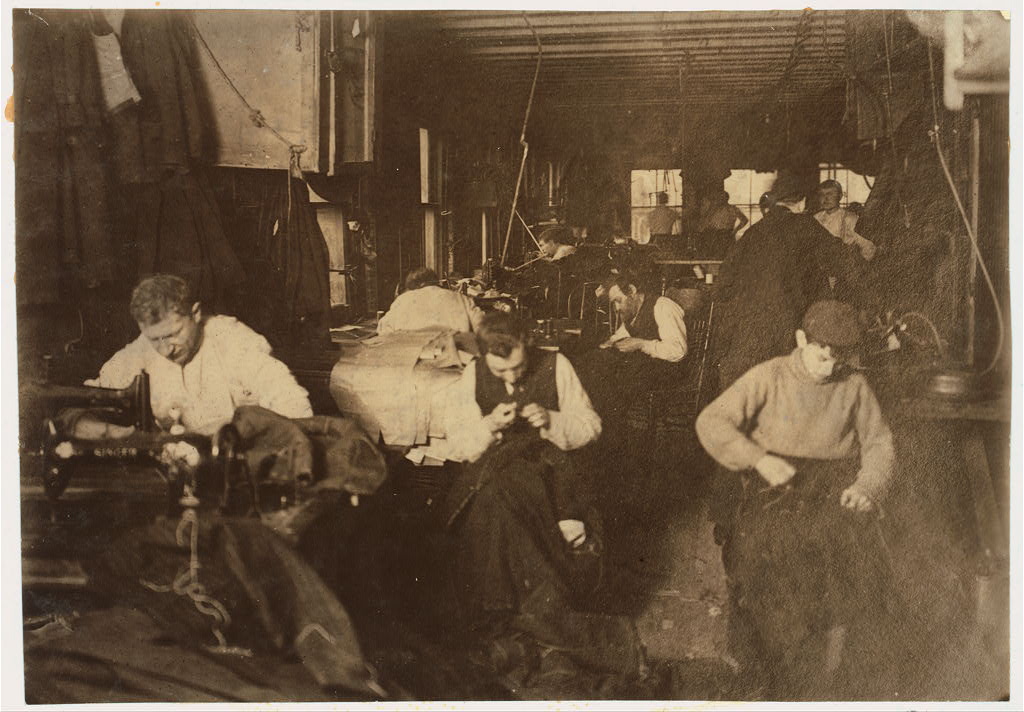
John Ydstie’s story on All Things Considered last night about the stagnant worker productivity was distressing in so many ways, not the least of which is the subtle suggestion that we’re somehow goofing off at work.
The mystery for economists is exactly why the productivity of U.S. workers has stagnated in recent years. Their ability to increase their output per hour has been a pillar of economic growth.
Let me take an anecdotal stab at that: There’s only so much blood we can deliver.
Productivity gains have fueled the nation’s economy because employers adopted a slash-and-burn mentality, chopping employee after employee and forcing those left behind to pick up the slack.
And they did, to their own detriment. They started working more from home instead of spending time relaxing. They stopped taking vacations. They went to work sick. They started giving more of themselves to their employers because they were afraid of what would happen if they didn’t.
Americans now take a full week less vacation than they did between 1978 and 2000, according to Project Time Off. More than half of American workers left vacation time on the table in 2015, the research says.
As worker productivity increased in the past, wages stumbled to keep up.
Meanwhile, 35 percent of employed adults say the Internet, email and cell phones have increased the amount of time they spend working, according to the Pew Research Center.
Curiously, the very inventions that allowed employers to tether us at home are blamed because they infiltrate the workplace.
“Things like … tweeting, Snapchatting, things that to me are unlikely to raise industrial productivity and may, by the way, reduce that. I’m thinking of things like Facebooking when on the job and other things like that,” Princeton professor Alan Blinder says.
They’re spending some time on Facebook at work? Here’s a tissue, America’s bosses.
… Blinder says productivity may sound a little bit boring but, he says, “that is the well from which wages come and wages are, for most people, the well from which their standard of living comes.”
If that well runs dry — as it nearly has — you’re in trouble. If you can’t produce more output in every hour you work, your employer can’t afford to give you a raise. And if you don’t get paid more, your standard of living stagnates.
Blinder says during most of the past century, U.S. workers increased their hourly output by about 2.3 percent a year, and at that rate, standards of living rise rapidly.
Economist Robert Gordon of Northwestern University tells Ydstie that the lack of innovative technology having any impact is a leading reason for our stagnant productivity.
Washington Monthly offers another view: American worker productivity is a myth. It cites two New Hampshire firms, one just increased its investment in its production in the Granite State. One just moved it operations to Texas and Mexico in search of cheaper labor. Both will likely show gains in productivity, but only one was good for the worker.
How, then, can we become a nation where it makes economic sense for more companies to behave like Hypertherm and invest and create jobs in the U.S.? As is often the case, the first thing we need is a better understanding of the problem. We honestly don’t have a clue about what’s really going on in the U.S. economy. What’s worse, we think we do.
Often, despite all the signs that the blood is draining out of our economy, and particularly our manufacturing sector, our highly problematic national productivity statistics can make it seem like we already live in a nation full of Hypertherms—companies honing their operations at home. Journalists and politicians can easily enough find examples of companies that are genuinely increasing efficiency of their U.S. operations, and generalize these examples to the entire economy. A mostly upbeat April 2011 Associated Press article, for example, attributed the weak job market to rising productivity, claiming that “U.S. workers have become so productive that it’s harder for anyone without a job to get one.” The proof? National productivity statistics, plus one example of a plastics company that was able to produce a part with fewer people. The growth of global supply chains was not mentioned.
The American workplace in the last decade is to do more with less. It was doomed to eventually fail.
